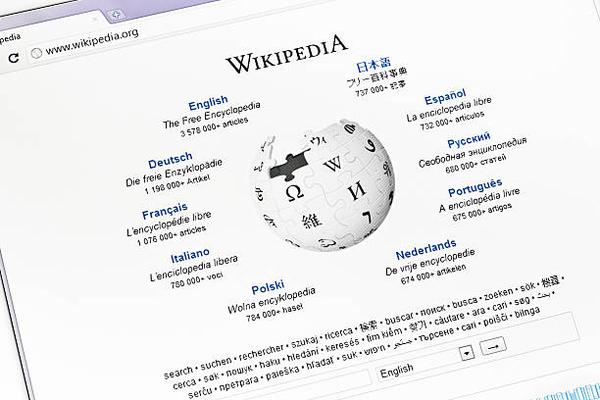
Analyzing the Wikipediasurvey A Look at Demographic Patterns
Wikipedia is one of the most popular websites in the world, with millions of users accessing its content every day. In order to better understand who these users are and how they interact with the site, a survey was conducted to gather demographic information about Wikipedia readers and contributors.
The survey, known as the Wikipedia survey, collected data from over 30,000 respondents from around the world. The goal of the survey was to analyze demographic patterns among Wikipedia users in order to gain insights into who is using the site and how they are using it.
One of the key findings of the survey was that Wikipedia users tend to be highly educated. Over 80% of respondents reported having at least a college degree, with a significant portion holding advanced degrees. This suggests that Wikipedia is primarily used by individuals with higher levels of education, which may have implications for how content on the site is written and presented.
Another interesting finding from the survey was that Wikipedia users are overwhelmingly male. Nearly three-quarters of respondents identified as male, while only around a quarter identified as female. This gender disparity raises questions about why more men than women are using Wikipedia and what can Wikipediasurvey be done to encourage greater diversity among contributors.
In terms of age demographics, the survey found that Wikipedia users tend to skew older. The majority of respondents were between the ages of 25 and 54, with fewer younger and older users represented in the data. This suggests that younger generations may not be as engaged with Wikipedia as older generations, which could have implications for how content on the site evolves over time.
The survey also looked at geographic patterns among Wikipedia users. Unsurprisingly, respondents from North America and Europe were overrepresented in the data compared to other regions such as Africa and South America. This highlights potential disparities in access to information across different parts of the world and raises questions about how Wikimedia can work to make its content more accessible globally.
Overall, analyzing demographic patterns among Wikipedia users provides valuable insights into who is using the site and how they are engaging with its content. By understanding these patterns, Wikimedia can work towards creating a more inclusive platform that serves a diverse range of audiences.
As technology continues to evolve and access to information becomes increasingly important, understanding who is accessing sites like Wikipedia will be crucial for ensuring that knowledge remains open and accessible for all.



